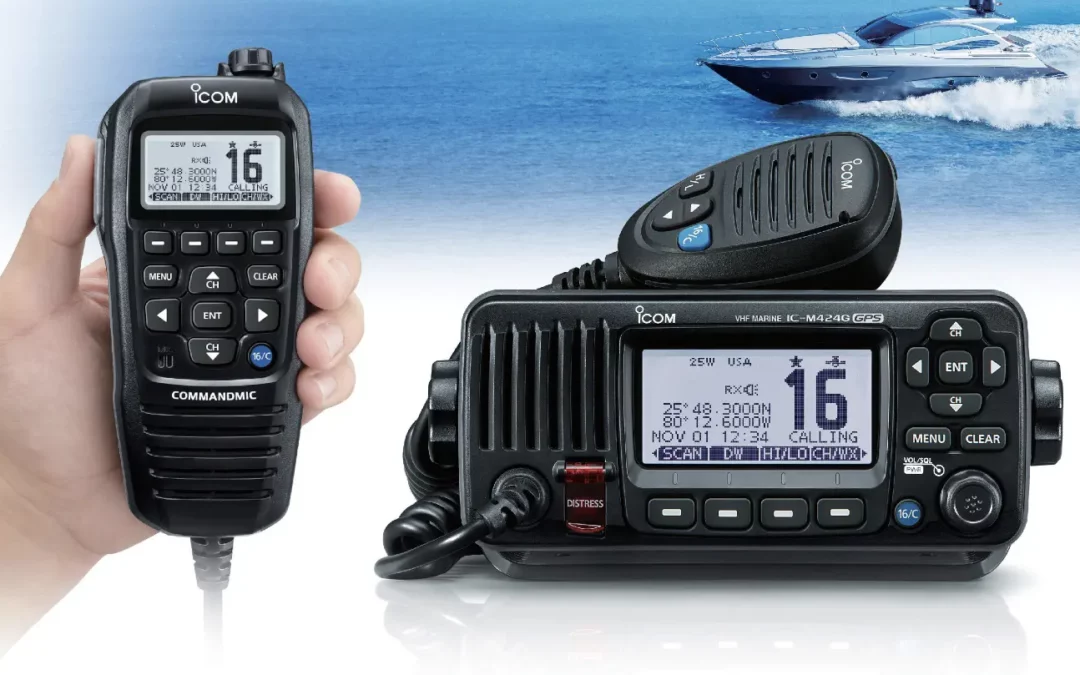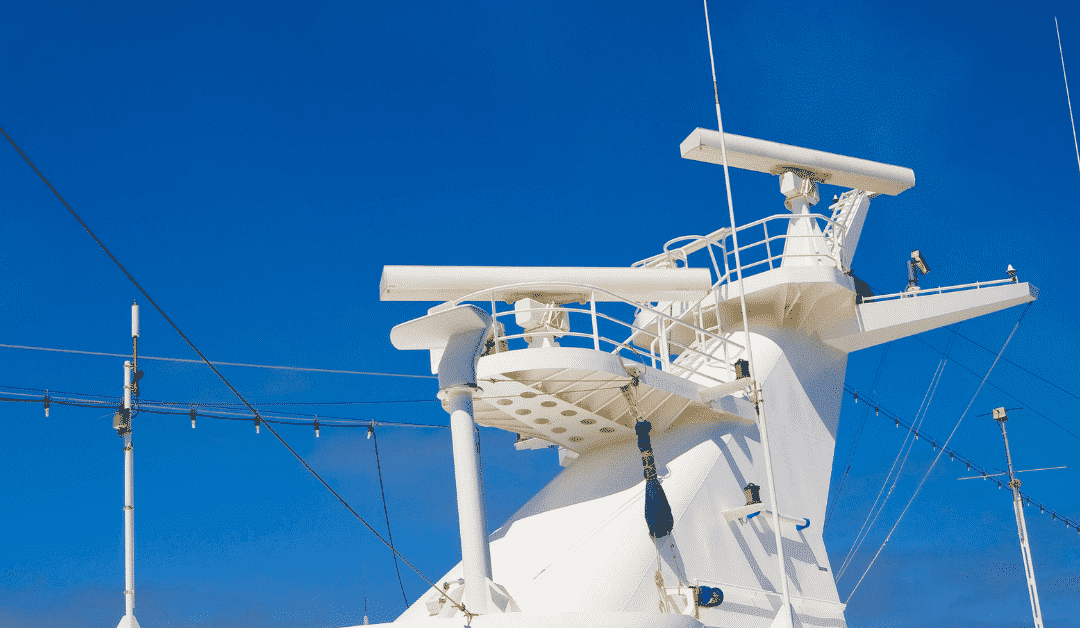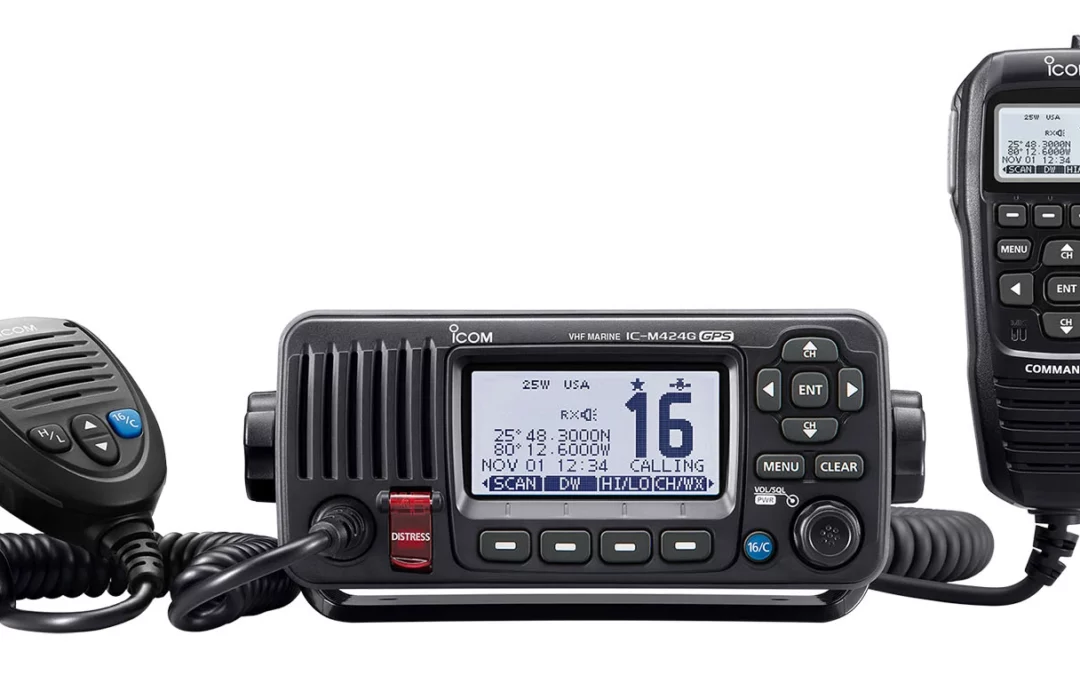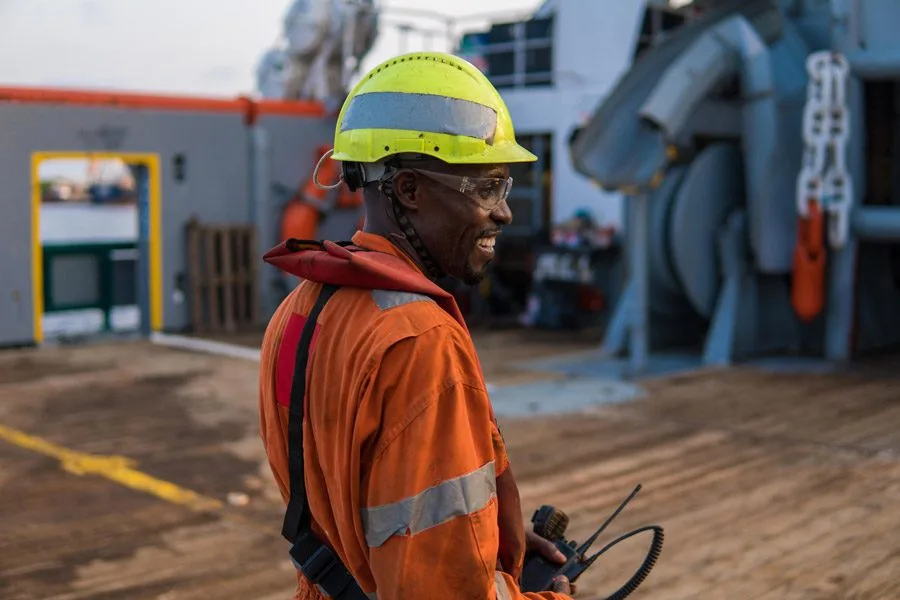Introduction: Importance of PLBs in Maritime Emergencies
When facing the unpredictable and often treacherous conditions of the open sea, having access to reliable emergency signaling devices can make all the difference in ensuring a swift and effective rescue. Personal Locator Beacons (PLBs) are essential tools for maritime safety, providing individuals with a means to alert authorities to distress situations and facilitate their timely rescue. In this article, we’ll explore the functionality, benefits, regulations, and real-life success stories of PLBs in emergency situations at sea.
What are Personal Locator Beacons (PLBs)?
Personal Locator Beacons (PLBs) are compact, handheld distress signaling devices designed to transmit a distress signal on designated frequencies when activated. These devices are equipped with built-in GPS receivers, allowing them to transmit the user’s precise location to search and rescue authorities, significantly enhancing the chances of a successful rescue operation.
Functionality of PLBs in Distress Situations
In the event of an emergency at sea, activating a PLB triggers the transmission of a distress signal on internationally recognized frequencies. These signals are detected by satellite-based search and rescue systems, which relay the distress alert to ground stations and rescue coordination centers. Search and rescue teams are then dispatched to the precise location provided by the PLB to render assistance.
Benefits of Using PLBs at Sea
The use of PLBs offers several benefits in emergency situations at sea:
- Rapid Alerting: PLBs provide a rapid and reliable means of alerting search and rescue authorities to distress situations, even in remote or offshore locations where traditional communication methods may be unavailable.
- Precise Location: The integration of GPS technology in PLBs ensures accurate positioning information, expediting the response time of rescue operations and increasing the likelihood of successful outcomes.
- Portability and Versatility: PLBs are lightweight, portable, and easy to carry, making them suitable for use by individuals engaged in a wide range of maritime activities, from sailing and boating to fishing and kayaking.
Case Studies Highlighting Successful PLB Rescues
The effectiveness of PLBs in emergency situations at sea is exemplified through numerous real-life rescue stories where the timely activation of these devices has saved lives. From solo sailors stranded in remote oceans to fishermen lost at sea, PLBs have played a crucial role in alerting authorities to distress situations and guiding rescuers to their locations.
Regulations and Guidelines for Using PLBs
The use of PLBs is subject to regulations and guidelines established by international maritime organizations and regulatory authorities. These regulations outline requirements for the registration, maintenance, and operation of PLBs, as well as protocols for initiating and responding to distress signals.
Conclusion: The Vital Role of PLBs at Sea
In conclusion, Personal Locator Beacons (PLBs) play a vital role in emergency situations at sea, providing individuals with a lifeline to safety when facing distress situations on the water. By offering a rapid and reliable means of alerting search and rescue authorities to emergencies and providing accurate positioning information, PLBs significantly increase the chances of survival for individuals in peril at sea. Whether sailing across oceans or navigating coastal waters, having a PLB onboard can mean the difference between a successful rescue and a tragic outcome. As such, PLBs are indispensable tools for enhancing maritime safety and saving lives at sea.








0 Comments